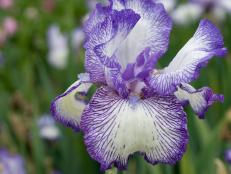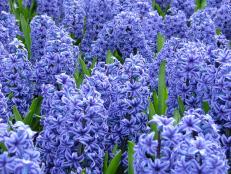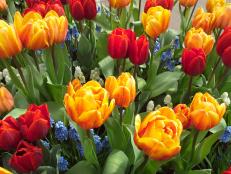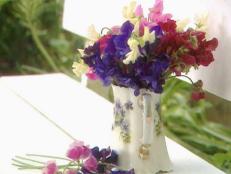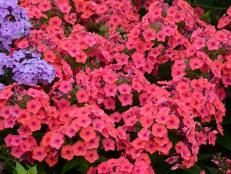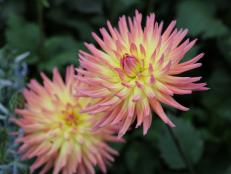Growing Ranunculus

Image courtesy of Longfield Gardens

You might think ranunculus (Ranunculus asiaticus) flowers are made out of layers of ruffled crepe paper. Also called Persian buttercup, ranunculus is available in semi-double to fully doubled types in shades of orange, white, pink, salmon, gold and yellow. The plants are perfect for a spring cutting garden, livening up containers and in mixed beds.They are popular florist flowers that are often used in arrangements or bouquets.
Ranunculus grows from tubers (though they are often referred to as bulbs) that are hardy in Zone 8 and above. The spring bloomers prefer mild winters and a long, cool spring, growing nicely in Southern and Western gardens. If planted from October through November in these areas, they’ll typically bloom by March.
Otherwise, store the tubers indoors in a cool, dark place and plant them in very early spring, a week before the last expected frost in your area, and look for the flowers in early summer. If you prefer, start the bulbs indoors in pots, and gradually acclimate them to the outdoors once all danger of frost has passed.
Ranunculus needs full sun and well-drained soil. Drainage and proper watering is key or the tubers will rot. Amend heavy clay soils with lots of organic matter. Plant the tubers with the claw-shaped end down, about 2 inches deep, water and top with mulch. Don’t water again until sprouts appear.
Though in the right climate ranunculus can be grown as perennials, many gardeners grow them as annuals, pulling and composting the tubers after the blooms fade and starting with fresh tubers next season.








